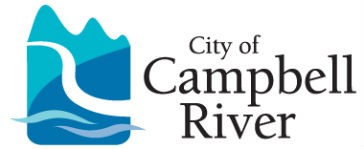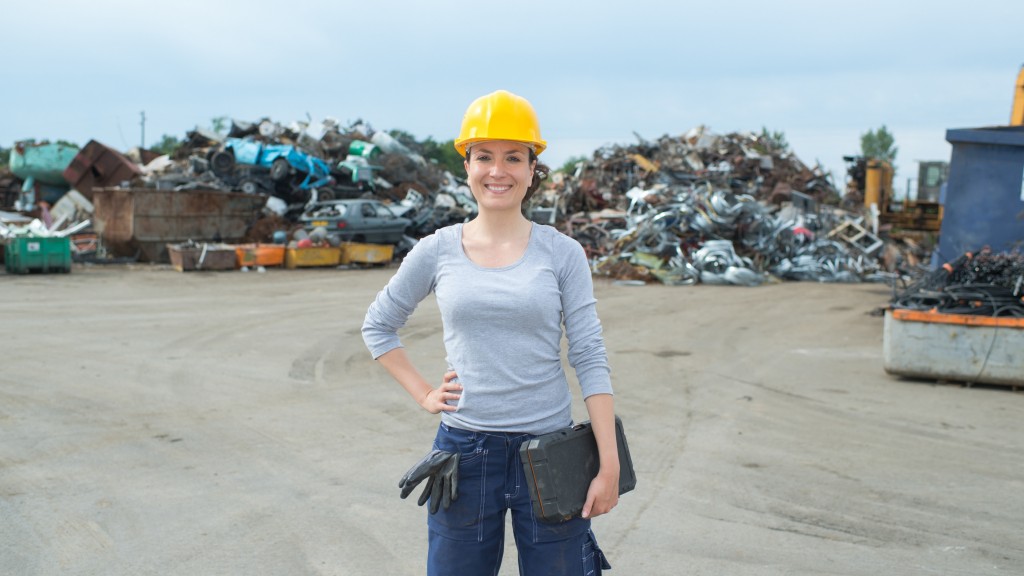
Campbell River residents were among the lowest of the low when it came to the amount of unacceptable material in blue bin recycling boxes last year, making our community’s curbside recycling program among the very best and most efficient in the province.
Data released by Multi-Material BC earlier this year confirms that the amount of unacceptable material in Campbell River’s single-stream recycling mix was 3.9 per cent.
“The numbers show that Campbell River residents are better at recycling than most. Compared to other single-stream recycling programs, which allow residents to put paper and container recyclables together rather than separating them into two or more bins, Campbell River has been doing a great job of keeping unacceptable materials out of the system. Most programs in B.C. aren’t close to the low levels achieved in Campbell River, and some are a long way off,” says Ed Walsh, Vice President of British Columbia operations for Emterra Environmental, the company that collects garbage, recycling and yard waste curbside in Campbell River.
“The excellence of Campbell River’s recycling program starts before the recyclable materials even get to the curb, through a team effort to give residents the information they need to make good recycling decisions based on what’s accepted in the blue bin,” says Drew Hadfield, who manages transportation and solid waste for the City. “If unaccepted materials are left at the curb, Emterra’s collection crews tag the bins with an information sticker that explains why those items were left behind. This timely, direct feedback to residents helps everyone work together to get the right items in the curbside recycling stream. Also, the Comox Strathcona waste management service enhances and reinforces public education on recycling through programs aimed to increase diversion from the landfill.”
Campbell River can further reduce the amount of unacceptable materials in curbside recycling stream by placing recyclables loosely in the bins – not tied up in plastic bags or stuffed together – and by ensuring there is no food or liquid residue on any containers. Also, garbage, diapers, kitchen scraps, hoses, propane cylinders, garden tools and patio furniture shouldn’t go into recycling bins, nor should hard and soft cover books, scrap metal or products like rubber totes, kids toys or holiday lights.
“With a waste diversion rate through recycling of 54 per cent, Campbell River’s record is very good compared against other single-stream programs. That’s significant because our goal is to extend the use of the local landfill by reducing the amount of material buried there,” adds Councillor Marlene Wright, who holds the environment portfolio. “People want to do the right thing by recycling, and we applaud community members who are using the curbside recycling program – and almost always getting it right. We’re working to give residents the information to help them make the right recycling decisions, and as long as we can keep unacceptable items out of recycling bins, Campbell River will continue to achieve one of the best recycling rates in the entire province. With this latest news, now the question is: how low can we go?”
Campbell River introduced curbside recycling, using single-stream blue bins, in 2008. “We know that single-stream recycling, which eliminates the need for sorting items into two or more bins, can collect up to 20 per cent more recyclables because it’s easier and more convenient to put all recyclables into one blue bin,” Walsh says.



